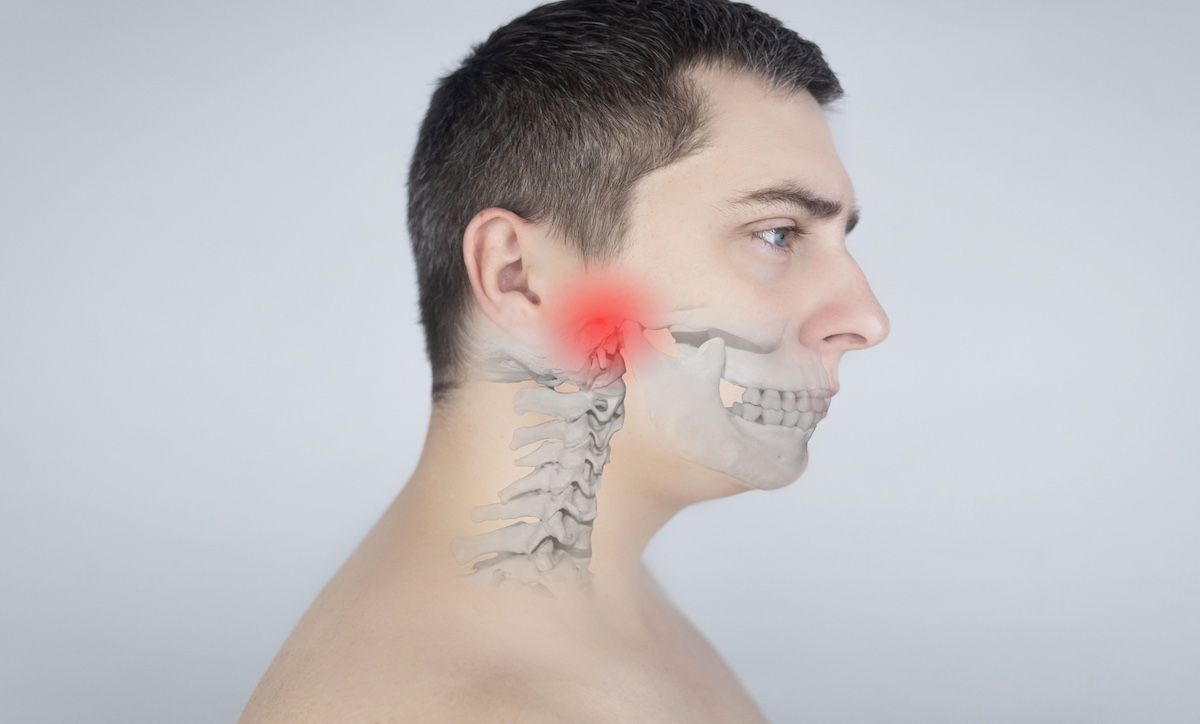- Center on Health Equity & Access
- Clinical
- Health Care Cost
- Health Care Delivery
- Insurance
- Policy
- Technology
- Value-Based Care
Fracture Risk Lowest for Alendronate, Pamidronate Use During MM Treatment
In this analysis, 3 bisphosphonates (alendronate, pamidronate, and zoledronic acid) and 1 RANK ligand inhibitor (denosumab) were evaluated for their effectiveness at preventing osteoclasts from facilitating jaw degradation and reducing vertebral fracture risk among patients being treated for multiple myeloma.
Results from an analysis that compared outcomes among 4 drugs acting as osteoclast inhibitors among patients receiving treatment for multiple myeloma (MM) show that 5-year risks of osteonecrosis of the jaw and vertebral fracture were lowest following pamidronate and alendronate administration.
The analysis published in Baylor University Medical Center Proceedings examined patient outcomes in connection to treatment with 3 bisphosphonates (alendronate, pamidronate, and zoledronic acid) and 1 RANK ligand inhibitor (denosumab). Data were supplied by the TriNetX Diamond Network. The patients, all of whom had an MM diagnosis per International Classification of Diseases, Tenth Revision (ICD-20) code C90.0., were put into 1 of 4 cohorts based on fracture-reduction medication. Each cohort had approximately 5400 patients, and none could have a prior diagnosis of osteonecrosis of the jaw by ICD-10 M87.180. Alendronate was used as the reference drug.
Vertebral fracture and jaw osteonecrosis risks are higher in patients with MM who receive osteoclast inhibitors | Image Credit: Siniehina - stock.adobe.com

Of their investigation of these medications, the authors noted, “Approximately 70% of multiple myeloma patients develop pathologic fractures. Osteoclast inhibitors can provide reduction in vertebral fractures with an increased risk of osteonecrosis of the jaw.” These medications also have a high risk of significant morbidity, despite their intended use to prevent pathologic fractures among this patient population.
For the analysis that focused on vertebral fracture, there were no statistically significant differences among the 4 medications regarding relative risk. Denosumab had the highest relative risk (RR) of 1.06 (95% CI, 0.79-1.43; P = .7), followed by zoledronic acid at 0.93 (95% CI, 0.78-1.11; P = .4) and pamidronate at 0.92 (95% CI, 0.68-1.26; P = .6). However, more of those who received pamidronate had an elevated 5-year risk vs zoledronic acid and Denosumab: 3.40% vs 2.69% vs 1.62%, respectively.
When the investigators looked at osteonecrosis of the jaw, however, zoledronic acid and denosumab were linked with significantly higher relative risks; those related to pamidronate were no considered statistically significant vs alendronate:
- Zoledronic acid: RR, 4.9 (95% CI, 3.0-7.8; P < .001)
- Denosumab: RR, 2.9 (95% CI, 1.42-5.95; P = .002)
- Pamidronate: RR, 1.4 (95% CI, 0.62-3.15; P = .41)
Corresponding total patients with an elevated 5-year risk of osteonecrosis of the jaw were 1.08%, 0.54%, and 0.63%.
Explaining why their findings were notable, the authors noted that “up to 80% of patients with MM will experience a pathologic fracture, particularly of the axial skeleton, over the course of their disease. These fractures produce a reduced quality of life with debilitating bone pain and systemic implications such as renal failure, hypercalcemia, and spinal cord compression, leading to poorer clinical outcomes.”
The patients who experience a fracture also have double the risk of death with disease progression vs those who do not experience a fracture. However, due to the seriousness of the adverse risks associated with osteoclast inhibitors, conversations on their safety and effectiveness continue to focus on patient education of these treatments, early detection of potential fracture, and consistent oral hygiene.
“The use of an oral bisphosphonate such as alendronate is considered less aggressive than intravenous therapy, but the osteonecrosis caused by oral bisphosphonate responds better to treatment,” they concluded. “Overall, the data support the continued use of pamidronate and alendronate in MM patients.”
Reference
Browne M, Miles B, Mackey J. Efficacy and risk of osteonecrosis of the jaw for pamidronate, zoledronic acid, and denosumab in comparison to alendronate in multiple myeloma patients. Proc (Bayl Univ Med Cent). 2024;37(2):227-229. doi:10.1080/08998280.2023.2298667
